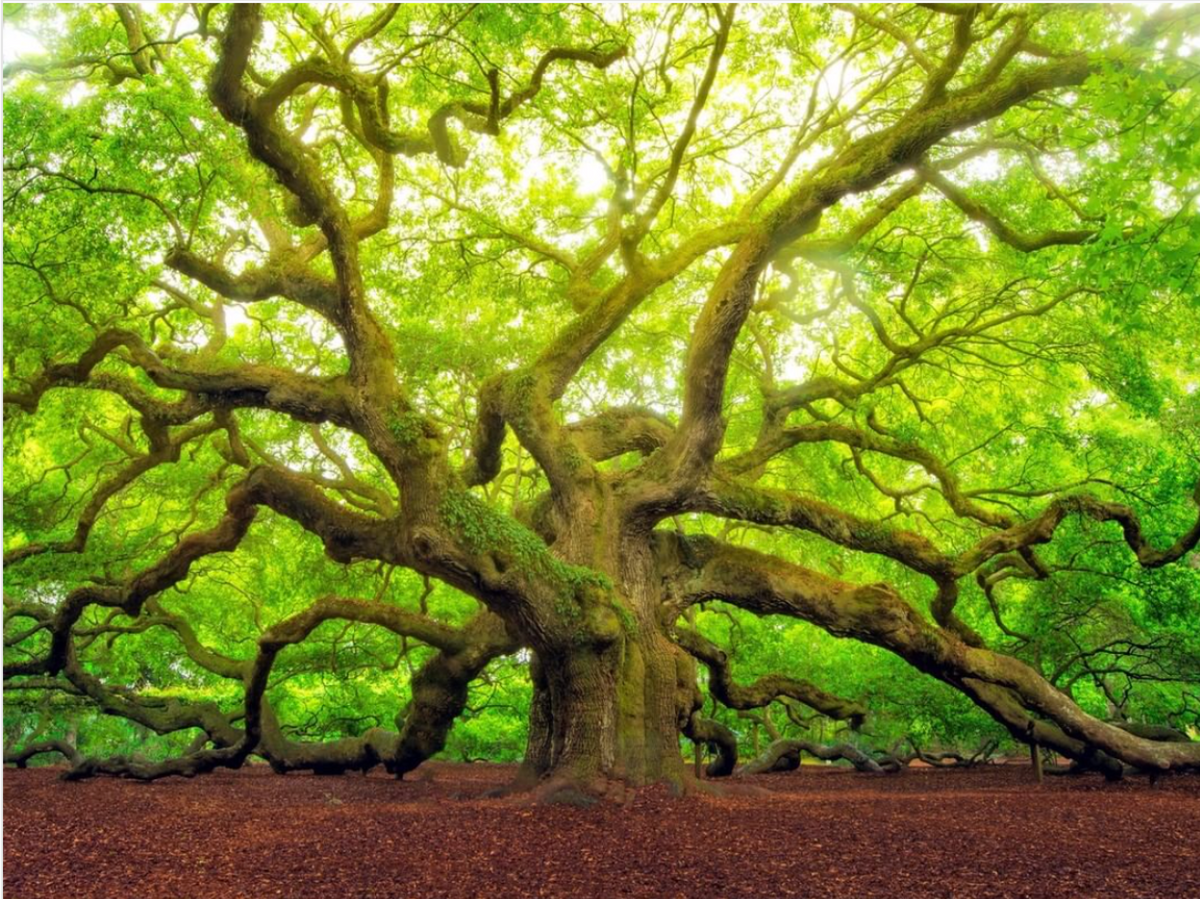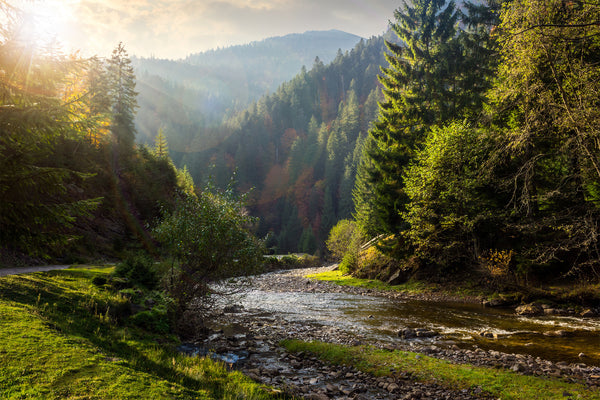Learn About The Types of Trees Around the World
As you’ve probably guessed, we love trees and forests — and not just because of all of the incredible benefits they provide. With over 60,000 recorded species, trees represent an incredible wealth of genetic diversity and cover an astonishing 31% of Earth’s land surface today. Even with the staggering deforestation that affects our global forests (we lost 420 MILLION hectares to deforestation between 1990-2020 alone), trees provide a home for approximately 80% of terrestrial biodiversity and support an estimated 1.6 billion livelihoods.
Merriam-webster defines a tree as “a woody perennial plant having a single usually elongate main stem generally with few or no branches on its lower part”. That captures the basics, but in reality, trees grow in a stunning variety of shapes, sizes and forms. Some grow tall and monolithic, with trunks so wide that several people could hug them at once without touching fingertips. Others are willowy and graceful, with elegant leaves and branching patterns that inspire the imagination.
No tree is exactly the same, just as no person is exactly the same — and that’s part of why they have captured our imaginations for millennia. But at the very basic level, what do we know about these majestic giants?
In 1825, the Scottish botanist Robert Brown first distinguished gymnosperms from angiosperms. Angiosperms have seeds that are enclosed within an ovary, while gymnosperms have no flowers or fruits, and have unenclosed or “naked” seeds that sit on the surface of their scales or leaves.

The majority of tree species today (and around 80% of all known green plants) are angiosperms — or deciduous trees. This means that they generally. have:
- Enclosed seeds
- Broad leaves that usually change color and die every fall.
Angiosperms include around 300,000 species of flowering plants and represent the largest and most diverse group in the plant kingdom. As vascular seed plants, they reproduce via the fertilization of an enclosed ovule that develops into a seed within a hollow, enclosed ovary (in contrast, the seeds of gymnosperms are usually exposed on the surface of their reproductive structures, like cones). They also have distinct male and female organs. Angiosperms occupy nearly every biome on Earth, but dominate terrestrial ecosystems.
They represent an incredible diversity of life that ranges from the tiny, 0.08 inch high watermeal plant to the massive 330 foot tall mountain ash tree in Australia — and are the main food source for birds and mammals. This diversity is a big part of why they’ve colonized more habitats than any other group of land plants.

Monocots
‘Monocots are so called because they contain only 1 “seed leaf” within their seeds. When they sprout, they have a single leaf that’s long and thin with many veins. Because they lack woody tissue and typically have shallow root systems, monocots don’t often grow into trees. Some well-known monocots are palm trees and bamboo. Because they have hardened stems, palm trees are unique in the monocot division and are considered “trees.’ However, a cross-section of a palm trunk reveals something markedly different from the growth rings and solidity of hardwood: instead, they’re made up of spirally arranged bundles of fibers, rendering the tissue spongy and light. This is because, lacking woody tissue they don’t grow in the same way that woody dicots do.

Dicots
As you may have guessed by now, dicots are so named because they have two “seed leaves”, which are usually rounded and fat. All woody trees that are angiosperms, are also dicots. So what do we mean by a “woody” tree? Between the outer bark and the inner wood, woody trees have a layer of actively growing cells and pipes, known as the cambium. The pipes, which are called vascular bundles, grow anew each year, compressing the pipes of previous years into the center of the trunk — and creating a strong, supportive heartwood. This is what allows the tree’s stem to grow outwards, increasing the diameter of the trunk — and what creates creates annual growth rings. Woody dicots also differ from monocots in that they typically have taproots that grow deep into the soil, drawing up groundwater and stabilizing the trunk and branches aboveground.
